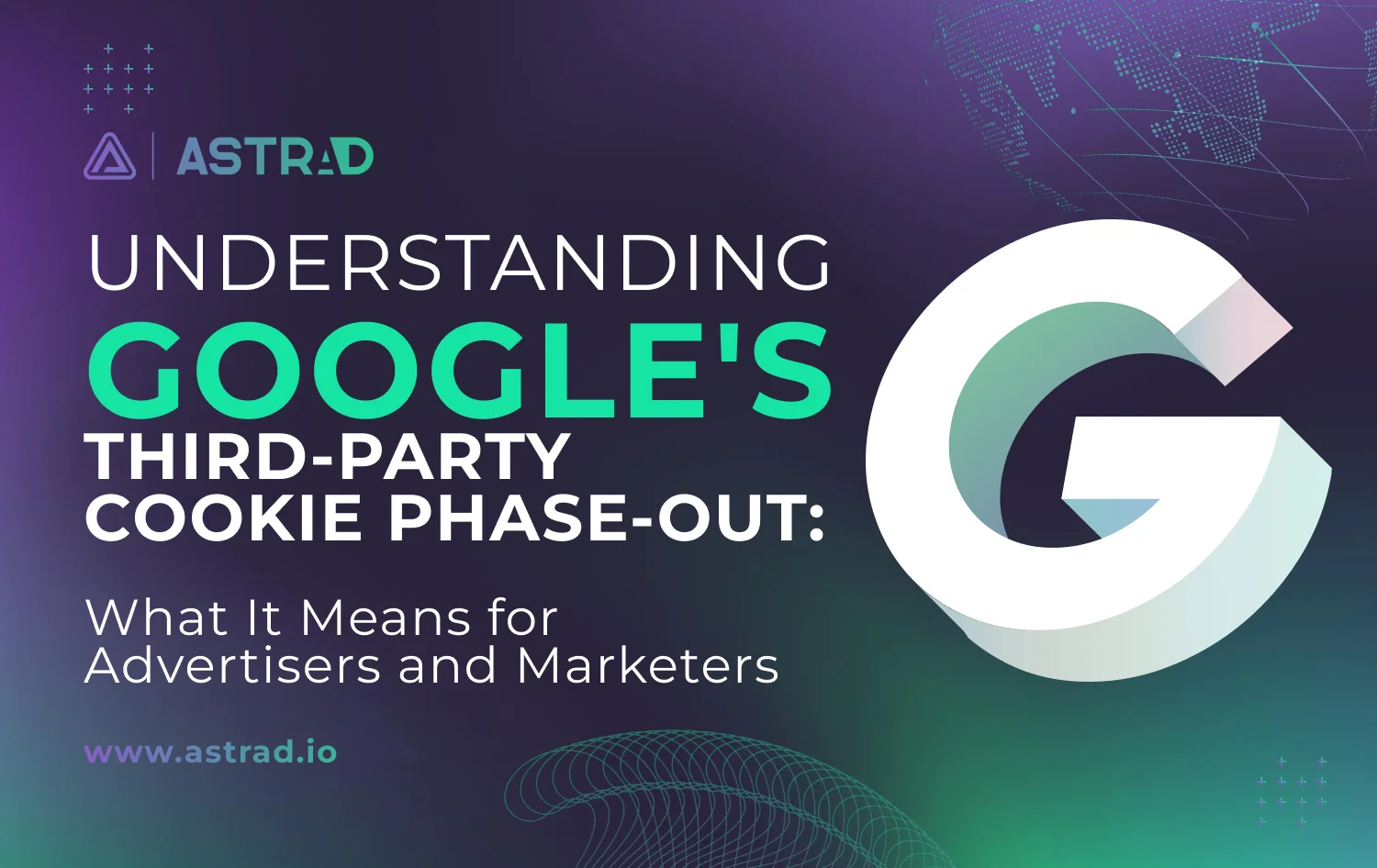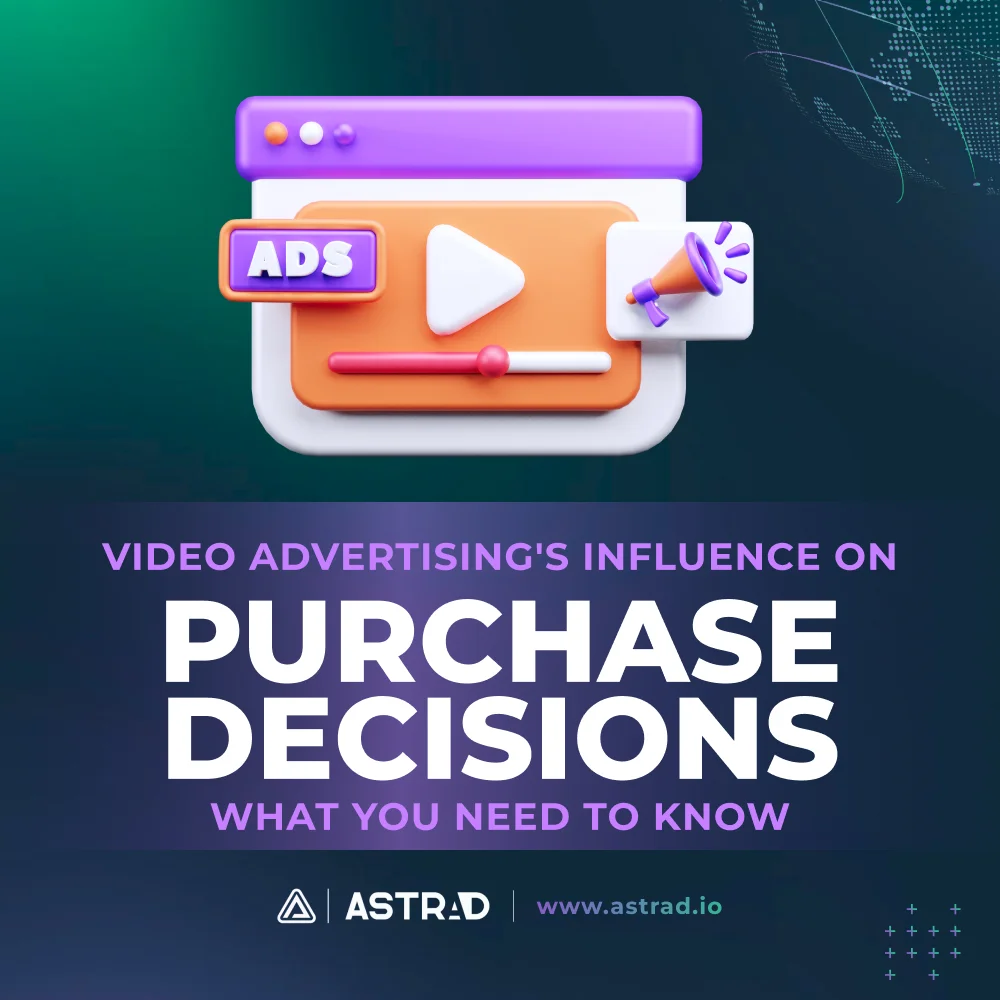Google’s impending phase-out of third-party cookies by the end of 2024 signifies a pivotal shift in the digital advertising landscape. Historically, third-party cookies have been fundamental to online advertising, enabling targeted and personalized marketing strategies. However, growing concerns over data privacy and evolving regulatory landscapes, exemplified by GDPR and CCPA, have prompted this significant change.
Google’s decision reflects a broader industry move towards prioritizing user privacy and necessitates a major reevaluation of advertising practices. This article explores the implications of this transition, examining the challenges and opportunities it presents for advertisers and marketers in a rapidly evolving digital ecosystem.
The Role of Third-Party Cookies – An In-depth Exploration
Third-party cookies have long been the backbone of online advertising. But why is that? Cookies — not the type Cookie Monster preaches about — collect data on the websites we visit, the things we click on, and even the products we consider buying. They monitor user interactions on sites. This information is then used to build detailed profiles of our interests and habits, which are then sold to advertisers to target us with laser-precision ads.
Third-party cookies have been incredibly effective for advertisers but have also come under much scrutiny in recent years. Privacy concerns have mounted as people become more aware of how their data is collected and used. In response, many browsers have begun to block third-party cookies by default, and regulators worldwide are cracking down on their use.
Even though the future of third-party cookies is uncertain, it is clear that they are on their way out. From Apple to Samsung, more and more companies are filtering them out and taking possession of their users’ activities. This poses a major challenge for the online advertising industry, which must find new ways to target and track users without relying on these ubiquitous trackers. How the online advertising industry will adapt to the post-cookie world remains to be seen.
Understanding the Impending Change: Google's Decision and Its Underlying Rationale
Google’s decision to phase out third-party cookies by the end of 2024 marks an important shift in the digital advertising landscape. Google, an umbrella company with millions of other companies — including YouTube — under its wings, is fundamentally reshaping how online advertising works and forcing businesses to rethink their strategies. To understand the impending change, let’s delve into Google’s rationale.
Privacy Concerns
Third-party cookies track users across websites, building detailed profiles that can be used for targeted advertising. This raises concerns about data privacy and user autonomy, leading to stricter regulations and browser restrictions on cookie usage.
Evolving Regulatory Landscape
Initiatives like GDPR in Europe and CCPA in California have set stricter data protection standards, forcing companies to be more transparent about their data practices and obtain user consent for data collection. Google’s decision anticipates these evolving regulations and aims to stay ahead of the curve.
Building a More Secure and Trustworthy Web
Google aims to create a more secure and trustworthy web for users. By phasing out third-party cookies, they aim to limit the potential for data misuse and tracking, fostering a more secure online environment.
Seeking Alternative Solutions
Google is actively developing alternative solutions for targeted advertising. These include initiatives like Privacy Sandbox, which aims to provide targeted advertising without compromising user privacy through techniques like contextual targeting and federated learning.
Impact on Advertisers and Marketers
Google’s phase-out of third-party cookies will undoubtedly significantly impact advertisers and marketers, requiring them to navigate various challenges and anticipate disruptions. With the loss of widespread tracking and targeting capabilities, advertisers must find new ways to reach and engage their audiences effectively. This shift will likely necessitate a more strategic focus on first-party data collection and exploring alternative targeting methods, such as contextual advertising.
Marketers must also adapt to new privacy regulations and consumer expectations, emphasizing transparency and consent-driven approaches. While these changes may present initial hurdles, they also offer an opportunity for industry-wide innovation and the development of more ethical and sustainable advertising practices.
Analysis of Alternatives to Third-Party Cookies
As the digital advertising industry prepares for a future without third-party cookies, exploring and understanding the alternatives that can sustain and potentially enhance online marketing practices is imperative.
- First-party data collection: This approach directly gathers consumer data through interactions on a company’s platforms, such as websites, apps, and customer relationship management systems. First-party data is highly valuable as it is consent-based and provides authentic insights into consumer behavior. However, the challenge lies in scaling this data and ensuring a broad enough reach to inform advertising strategies effectively.
- Contextual advertising: Unlike behaviorally targeted ads, contextual advertising places ads based on the content of the web page, not the user’s browsing history. This method respects user privacy and does not rely on personal data. The key to success in contextual advertising is sophisticated content analysis technology that can accurately match ads to relevant content, ensuring engagement without infringing on privacy.
- Google’s Privacy Sandbox: An initiative by Google, the Privacy Sandbox aims to develop a set of open standards to enhance privacy on the web fundamentally. It proposes using machine learning algorithms to group users into cohorts based on similar browsing behaviors. Advertisers can target these cohorts without accessing individual user data. While promising, this approach is still in development, and its effectiveness in a real-world scenario remains to be fully tested.
- Universal ID solutions propose using a single, anonymized identifier for each user, replacing multiple third-party cookies. This approach hinges on user consent and transparency. The challenge is achieving widespread adoption and ensuring interoperability across different platforms and publishers.
- Blockchain and AI in advertising: Blockchain technology offers a decentralized and transparent way of handling user data, potentially increasing trust and compliance with privacy standards. Conversely, AI can analyze large sets of anonymized data to glean insights and predict trends without infringing on individual privacy. Both technologies are still emerging in the context of digital advertising and will require significant development and adoption before they can be considered viable mainstream alternatives.
Strategic Adaptation for Marketers — Guiding the Transition to Google’s Third-Party Cookie Phase-Out
Here’s a comprehensive guide for marketers to strategically adapt to the transition away from third-party cookies:
Building Robust First-Party Data Strategies
Marketers should prioritize collecting and leveraging first-party data directly obtained from their audience. Implement strategies to encourage users to share their preferences, interests voluntarily, and personal information in exchange for a personalized and relevant experience.
Investing in Advanced Customer Relationship Management Systems and Data Management Platforms
With these technologies, marketers can efficiently organize, segment, and employ the accumulated first-party data, improving campaign personalization and targeting accuracy while guaranteeing adherence to evolving data privacy laws.
Collaborations and Shared Data Pools
Marketers can form alliances and partnerships with other trusted entities to share first-party data privately. This enables access to a broader dataset to better understand customer behaviors and preferences without relying on third-party cookies.
Redefining Key Performance Indicators – KPIs
Marketers must reevaluate metrics to align with the new audience targeting and engagement approaches.
Embracing Privacy-First Marketing
Implementing transparent data usage policies, offering opt-in mechanisms, and providing clear value propositions for data sharing can help build trust and compliance with privacy standards.
Adapting Change and Spearheading Innovation
As Google prepares to phase out third-party cookies, marketers must embrace change and pioneer innovation in their strategies. This shift allows us to reimagine how we connect with our audience while prioritizing user privacy and consent. Marketers should explore alternative methods such as developing new advertising technologies, leveraging first-party data, and investing in contextual targeting solutions.
By leaning into these changes instead of rejecting them, we can craft more personalized experiences based on consent-driven data, ensuring that user trust remains intact. It is time to think outside the cookie and pioneer a new digital marketing era where innovation and privacy go hand in hand. Let’s approach this transition with an open mind, ready to adapt, and eager to explore new possibilities that will shape the future of digital marketing.






